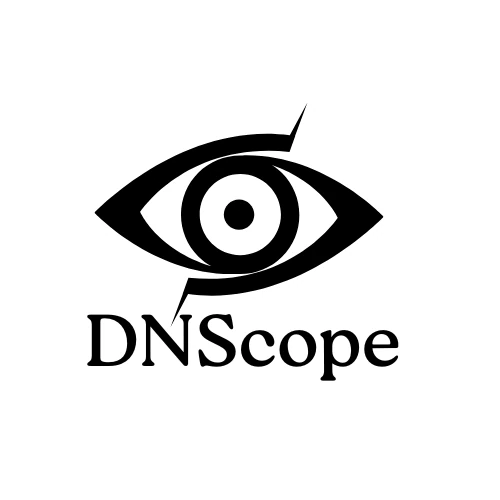DNScope

DNScope is a lightweight, Python-based reconnaissance utility designed for cybersecurity professionals, penetration testers, and digital investigators. The tool automates DNS and WHOIS metadata gathering for any target domain, providing a structured overview of publicly available infrastructure information. With built-in subdomain brute-forcing, MX and NS record enumeration, WHOIS registration lookup, and support for customizable wordlists, DNScope is a reliable asset for active reconnaissance and infrastructure analysis.
Comprehensive DNS & WHOIS Data Collection
DNScope efficiently retrieves vital domain information, including IP addresses, mail exchange (MX) records, and authoritative name servers (NS). The tool leverages Python’s powerful DNS libraries and WHOIS lookups to provide instant access to public registration data, offering insight into the operational and administrative structure of any domain. This comprehensive dataset is invaluable during the reconnaissance phase of penetration testing and digital investigations.

Automated Subdomain Discovery
One of DNScope’s standout features is its multi-threaded subdomain brute-forcing capability. By integrating a customizable wordlist and utilizing parallel execution, the tool rapidly identifies active subdomains within a target’s infrastructure. This helps security professionals uncover hidden assets and shadow services that may be vulnerable to exploitation or misconfiguration.

Lightweight, Open-Source & Developer-Friendly
DNScope was developed with simplicity, flexibility, and transparency in mind. Its open-source Python codebase allows for effortless customization and integration into existing security toolkits. Whether conducting standalone reconnaissance or embedding DNScope into automated workflows, its minimal dependencies and modular design make it an ideal choice for modern cybersecurity operations.
